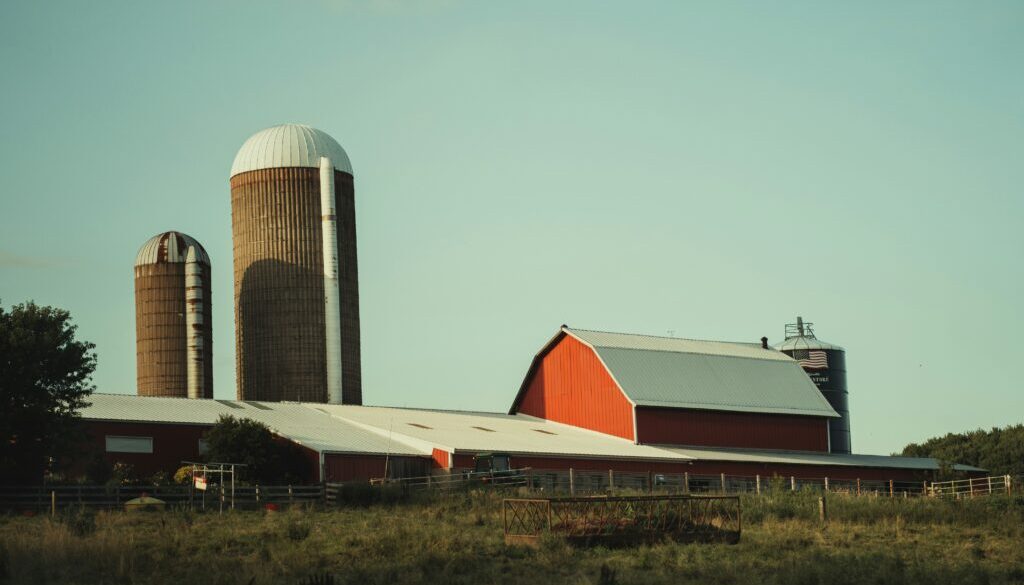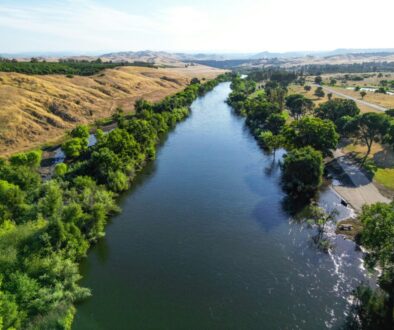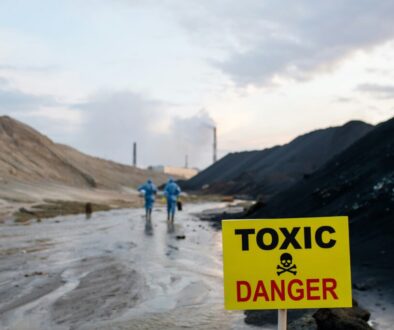New book details rise of “dystopian agricultural horror show”
By Sara June Jo-Saebo
Few books about America’s industrial agriculture system and food industry uncover the billionaires
behind its biggest corporations. But a new book by Austin Frerick, a former tax economist at the US
Treasury Department and current Fellow at Yale University’s Thurman Arnold Project, reveals the
amassed fortunes of Big Ag’s most powerful families. Barons: Money, Power, and Corruption of
America’s Food Industry exposes these ill-gotten gains and a cadre of complicit government players who
made it all possible.
 With the recent release of the USDA’s dismal report Census of Agriculture (February 13, 2024), Frerick’s book is well-timed. The Ag Census disclosed that 141,733 farms shuttered between 2017 and 2022. Barons reveals that these losses happened at the same time that big food producers and merchants garnered both stunning profits and government handouts.
With the recent release of the USDA’s dismal report Census of Agriculture (February 13, 2024), Frerick’s book is well-timed. The Ag Census disclosed that 141,733 farms shuttered between 2017 and 2022. Barons reveals that these losses happened at the same time that big food producers and merchants garnered both stunning profits and government handouts.
Frerick is an expert in agriculture policy with an antitrust law focus. He served as a co-chair for the Biden campaign’s Agriculture and Antitrust Policy Committee. In Barons, Frerick steers his experience and scholarship into a pointed denunciation of Big Ag’s unbridled and monopolistic wealth. It’s an overdue
censure. In fact, many times during the book, I was surprised by a recurring sense of personal validation.
Being from rural Iowa and witnessing the 1980’s Farm Crisis take hold of my family and neighbors,
Barons made me feel like somebody was standing up for the farm community of my youth. It’s a painful
loss knowing that today’s industrial food system rises from the ashes of America’s family farms. And it is
no accident.
For folks who haven’t kept up with our recent history in food production, Barons will be a wake-up call
about the food in our grocery stores. Most Americans can agree that we want to see family farms with
pastured livestock and tidy croplands dotting the countryside. We want to think that most of our groceries
come from these wholesome places of our imagination. But Frerick shows us that this earlier model of
farming has been absent or in a state of decline for a generation. The meteoric rise of industrial-scale
farming in the last 50 years means that the food we buy today assuredly comes from warehouses packed
with living animals under a whir of exhaust fans or from cropland doused with Roundup.
While Frerick offers the details of this dystopian agriculture horror show, his focus is elsewhere. He
wants to expose the families and policymakers who’ve built this system. Resurrecting data about today’s
confinement farms, labor violations, and environmental pollution, Frerick presses beyond the emotional
draw of disgraceful industrial practices to take aim at the system’s big money. He unmasks the people
who build fortunes by garnering monopolistic shares in agriculture and food distribution consolidation –
obscene wealth; not earned.
Through seven carefully researched chapters (there are 58 pages of citations), Frerick shapes the story of
the American food industry around a few families who make a killing from our government-backed
industrial model. Each chapter uncovers an individual family’s origins with ag business and ways they
gamed policy and deregulation to their own advantage. Some of these family names will be familiar –
like the Cargill-MacMillans of Cargill, Inc. and the Waltons of Walmart. But most of the families in
Barons are hidden behind their brands. The hog producers, Jeff and Deb Hansen, built a Midwestern
empire called Iowa Select Farms. Mike and Sue McCloskey own a massive confinement dairy operation
called Fair Oaks Farms and invented a modified-milk called “Fairlife”. The Batista brothers own a global
network of slaughterhouses under the brand JBS.
Frerick uses these families’ stories to look at America’s history with farm practice and policy. About his
book he says, “Each chapter is built around both a baron and a key concept. For example, the Grain
Baron chapter is really about the Farm Bill. I used the story of the Grain Barons to tell the history of the
Farm Bill and how it has corrupted the food system.”
Another example is a chapter about the McCloskey family – the dairy barons – and exposing agriculture’s checkoff system; a fee paid by individual farmers on each unit of product they bring to market. What appears to be a routine industry practice, actually carries a malevolent side and Frerick skillfully captures readers’ attention with something that might otherwise seem mundane. In a book that could be called scholarly, Frerick makes ordinary insider knowledge seem both compelling and urgent.
At times, Frerick deftly abandons scholarship completely to include his personal story. His parents’
livelihoods were affected by these food empires. Frerick’s mom owned a bakery and his dad drove a truck
and delivered beer in Cedar Rapids, Iowa. He positions his family’s experience against this backdrop of
what’s happening across rural America as the billionaires of Big Ag gather ever growing shares of their
markets.
From the emptying out of rural communities to the pastures that used to contain small herds of
cows, Frerick dispels the illusion that rural and small town America is just a wholesome destination for
weekend bike rides and microbrews. In truth, Rural America has been sacrificed for a brutal food industry
and the personal fortunes of its barons. And Frerick doesn’t let us look away.
(This article first appeared in The Daily Yonder.)
(Opinion columns published in The New Lede represent the views of the individual(s) authoring the columns and not necessarily the perspectives of TNL editors.)
(Featured photo by caroline gunderson on Unsplash.)
 EWG
EWG


